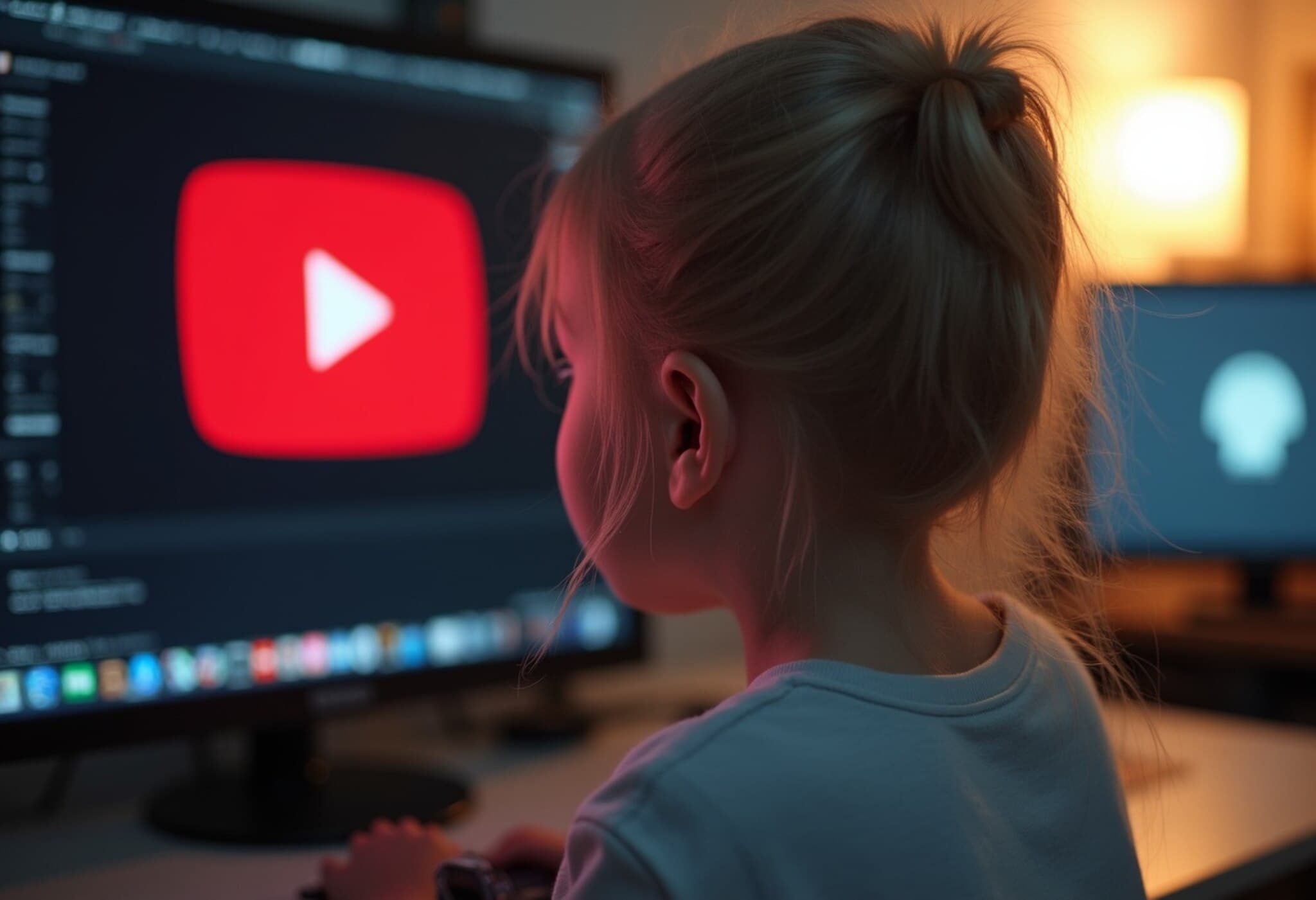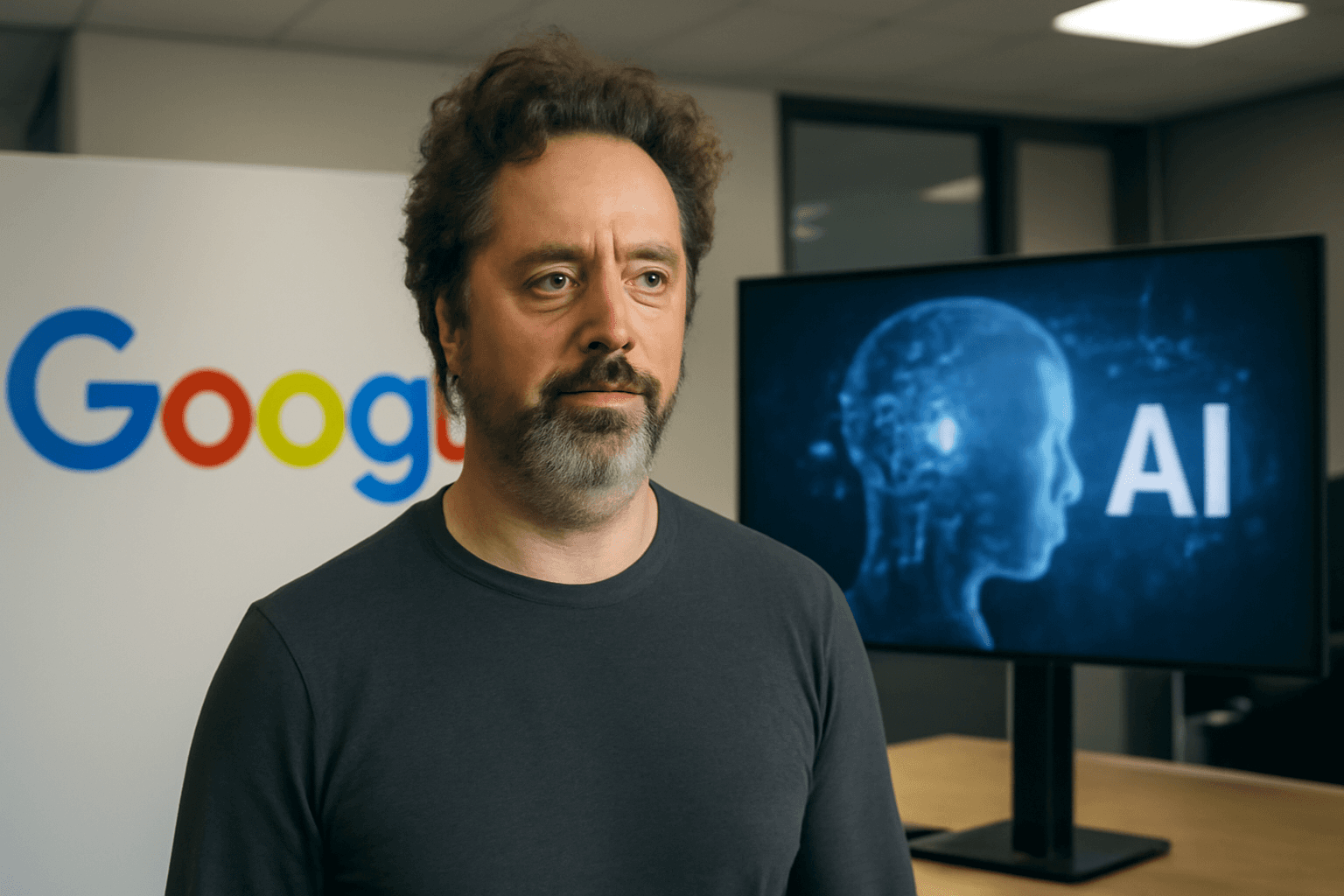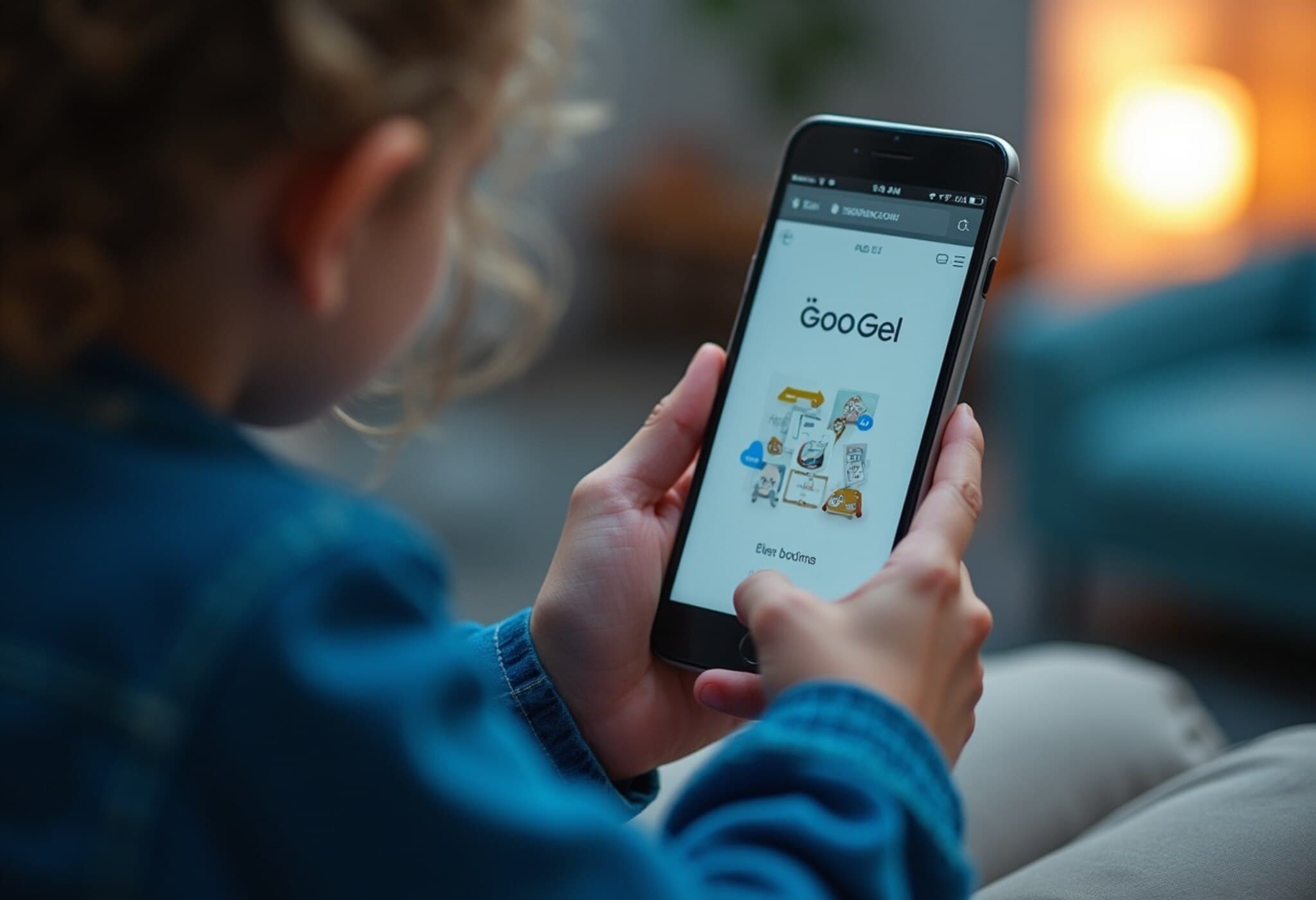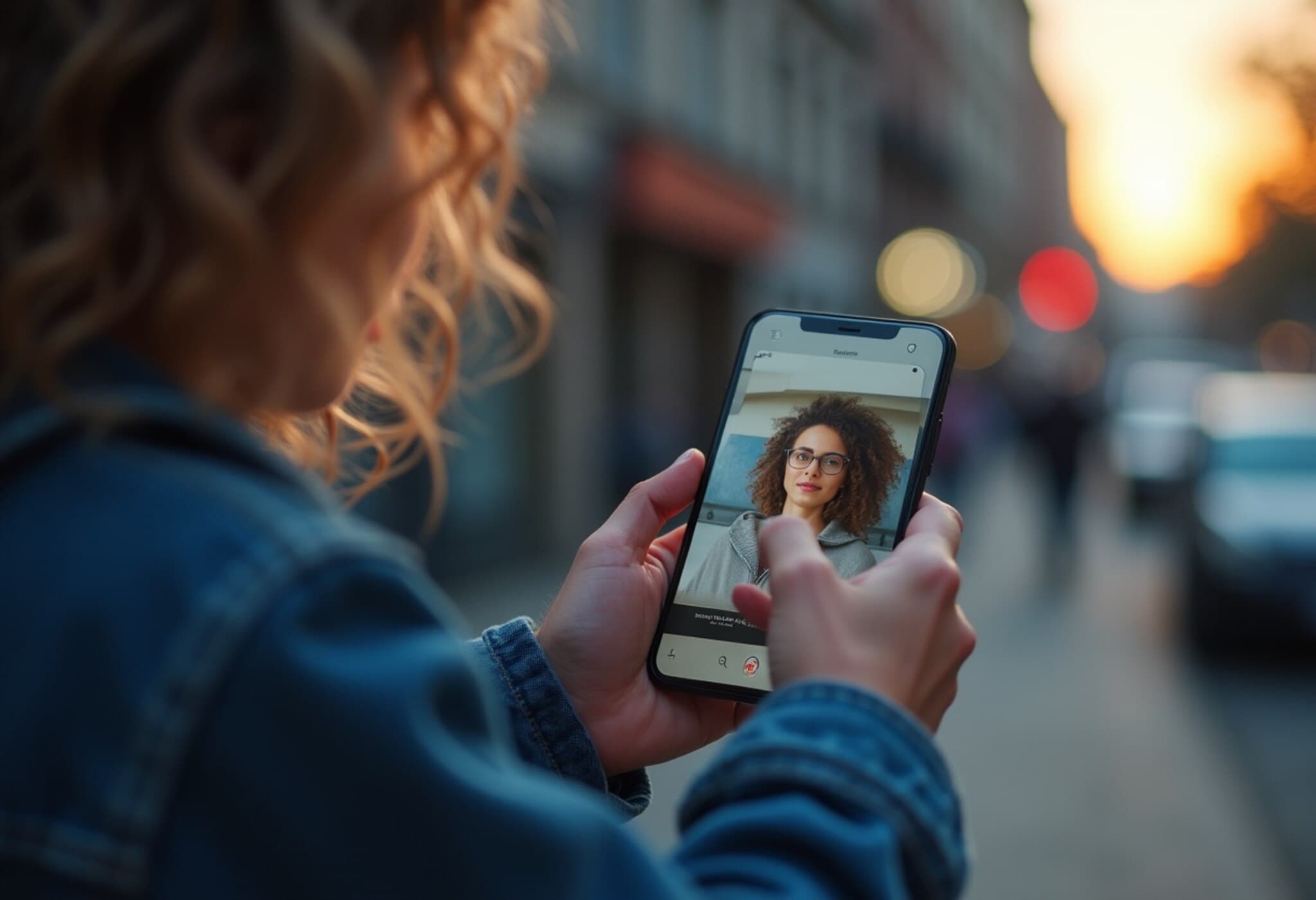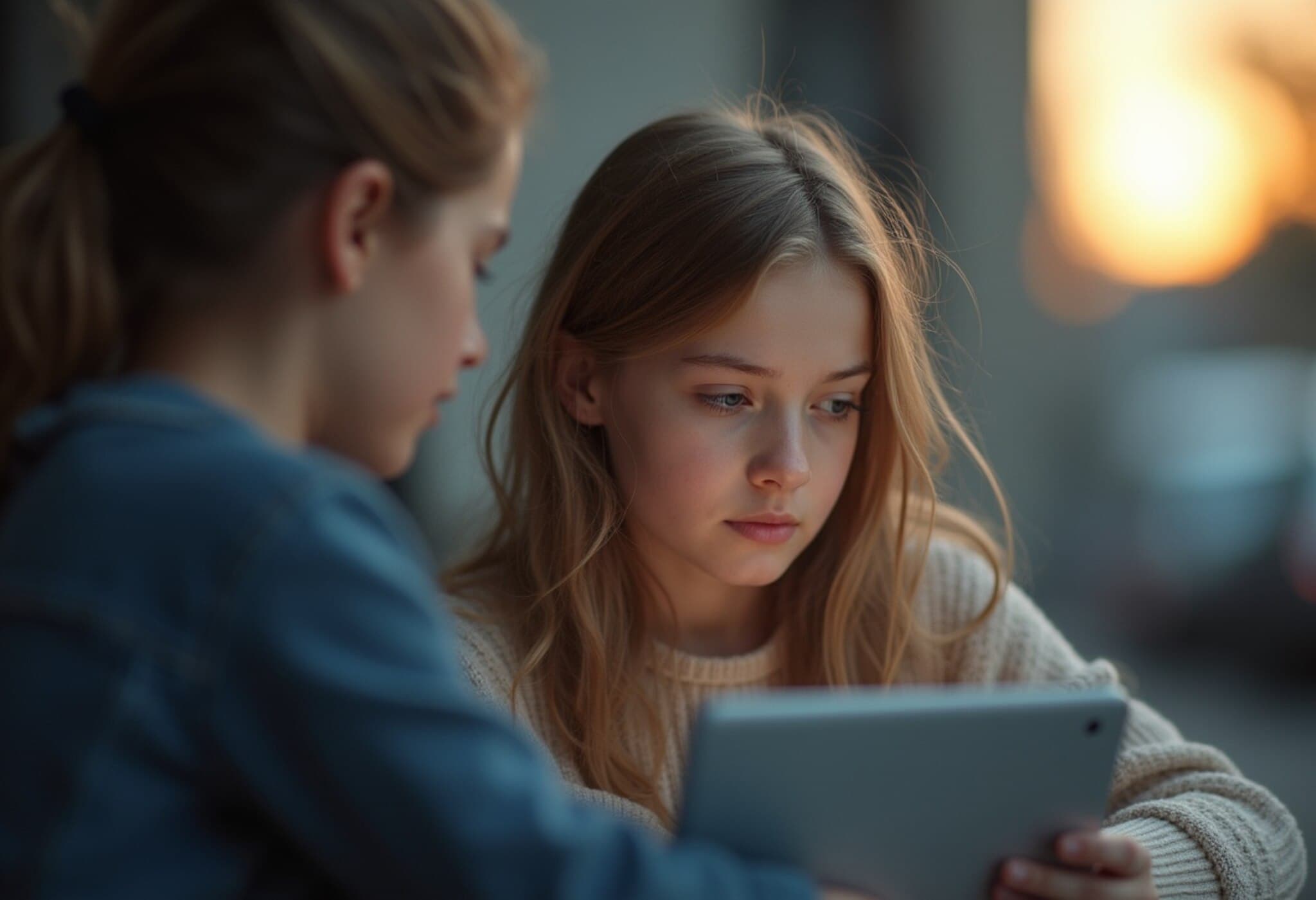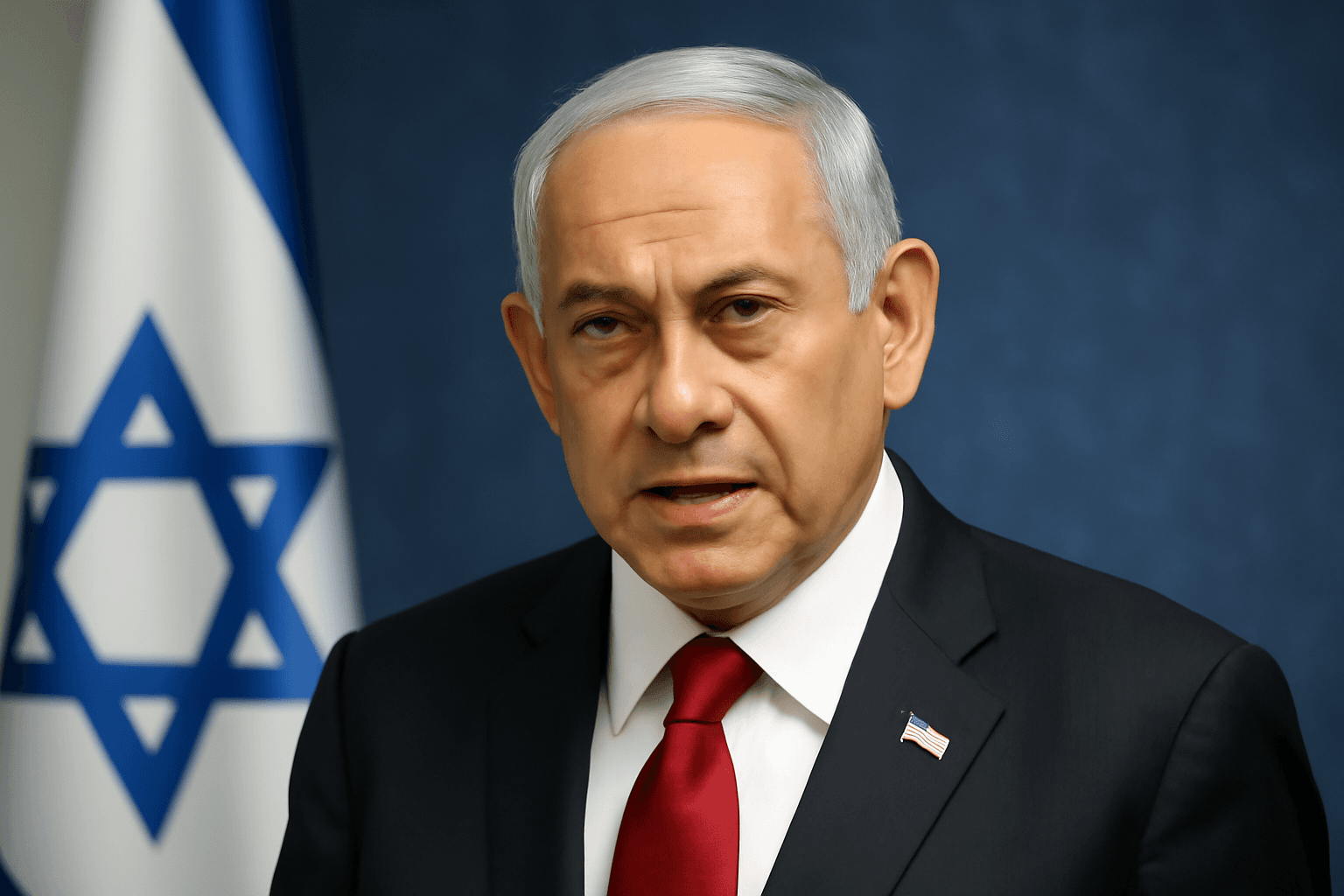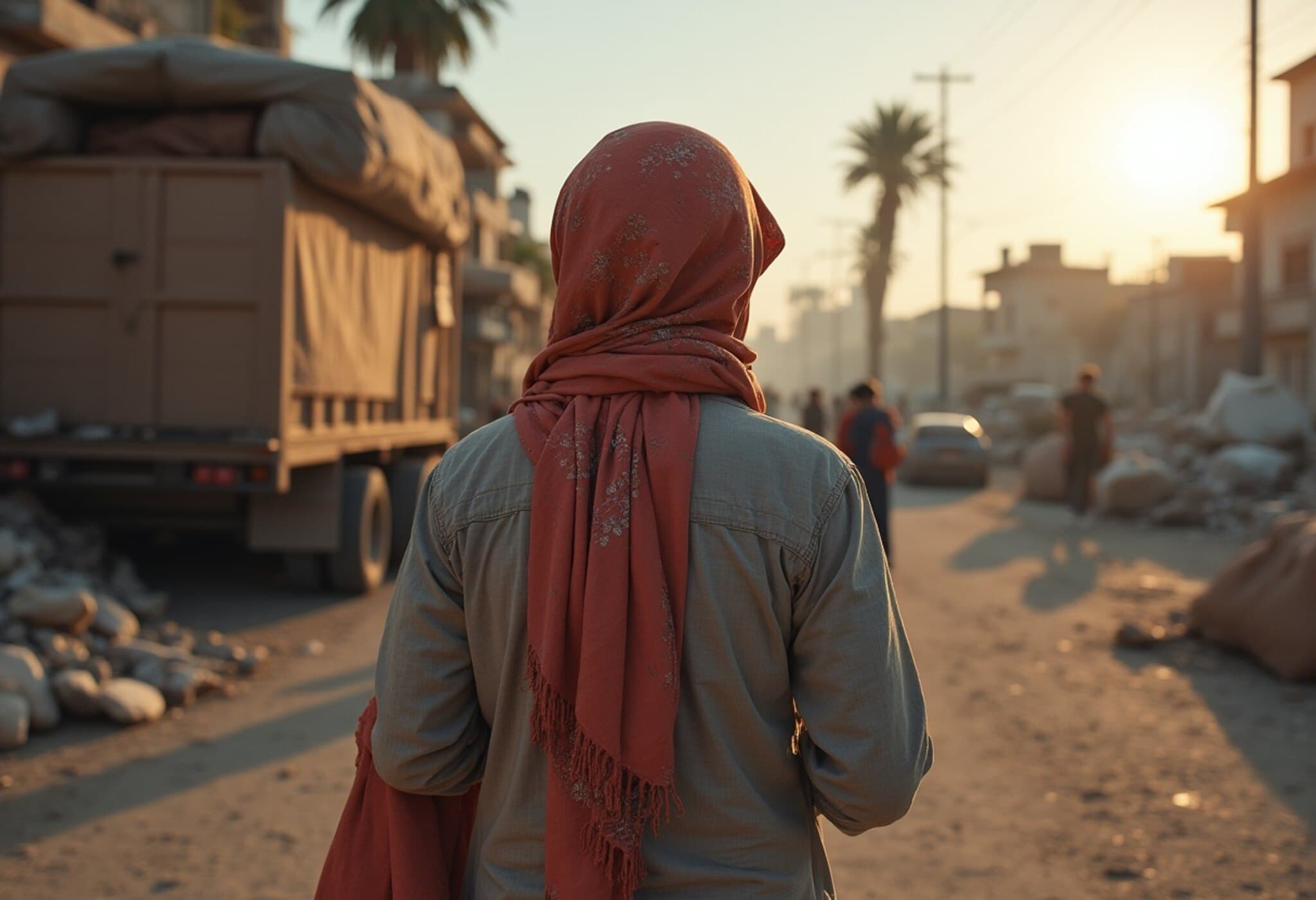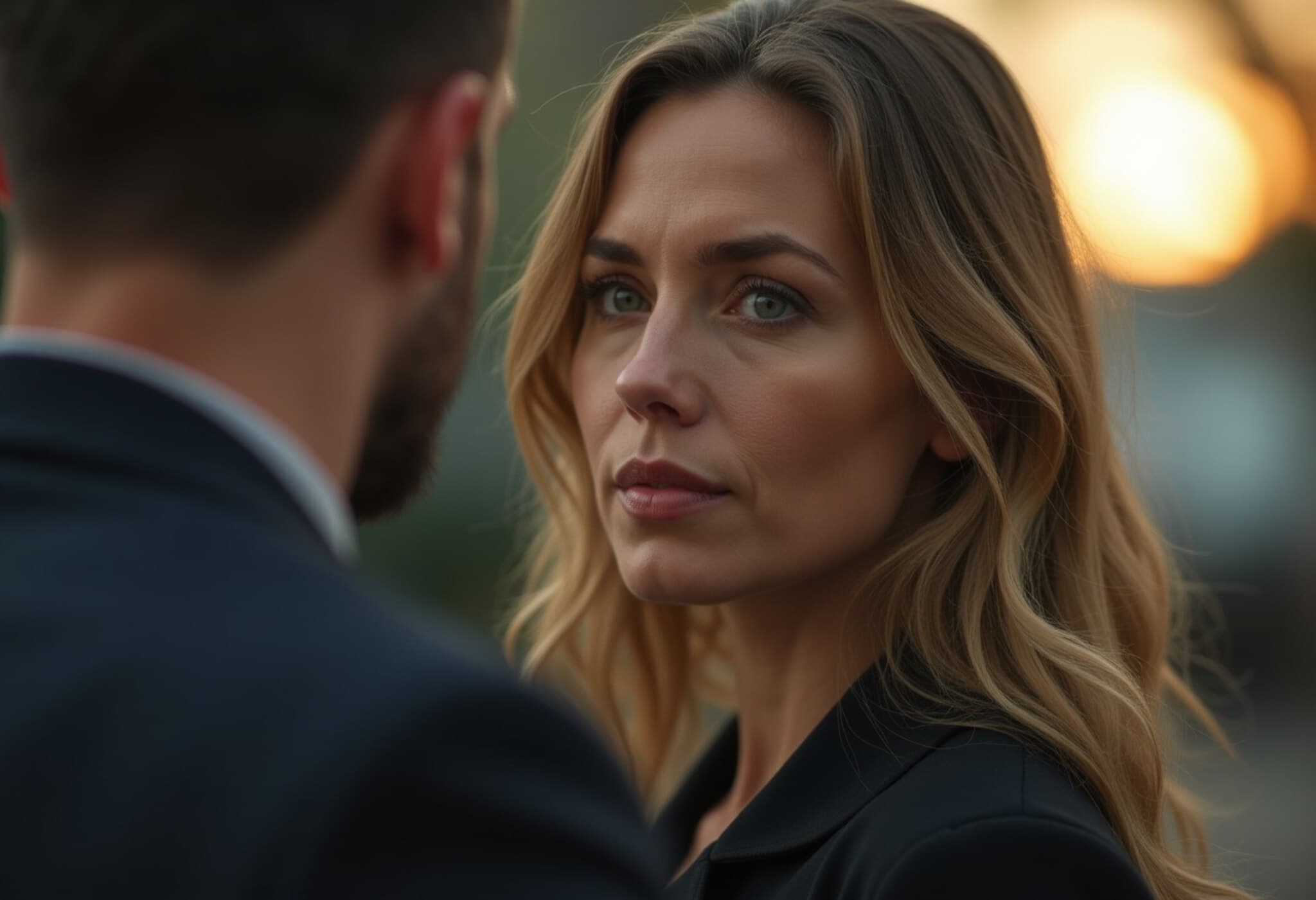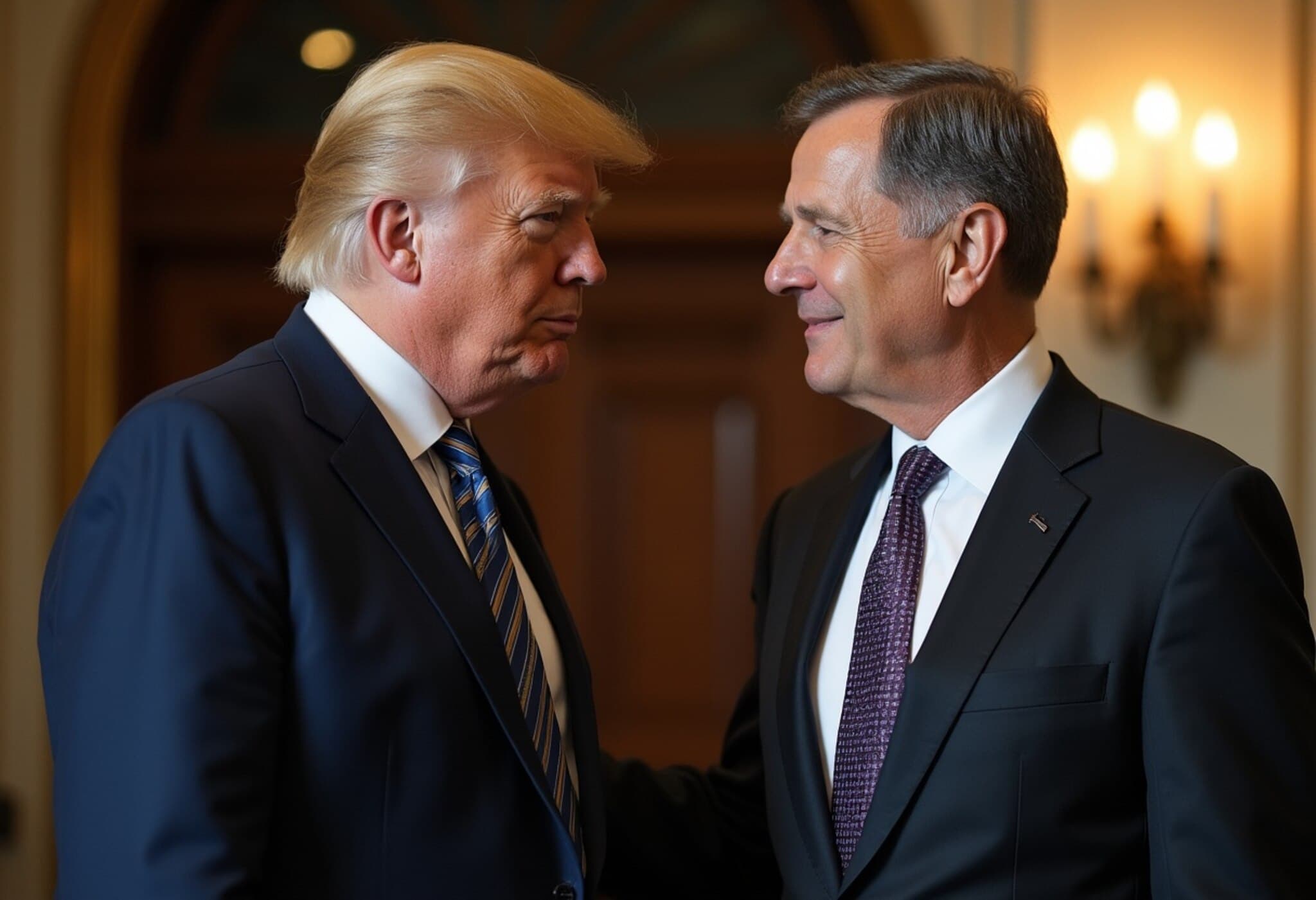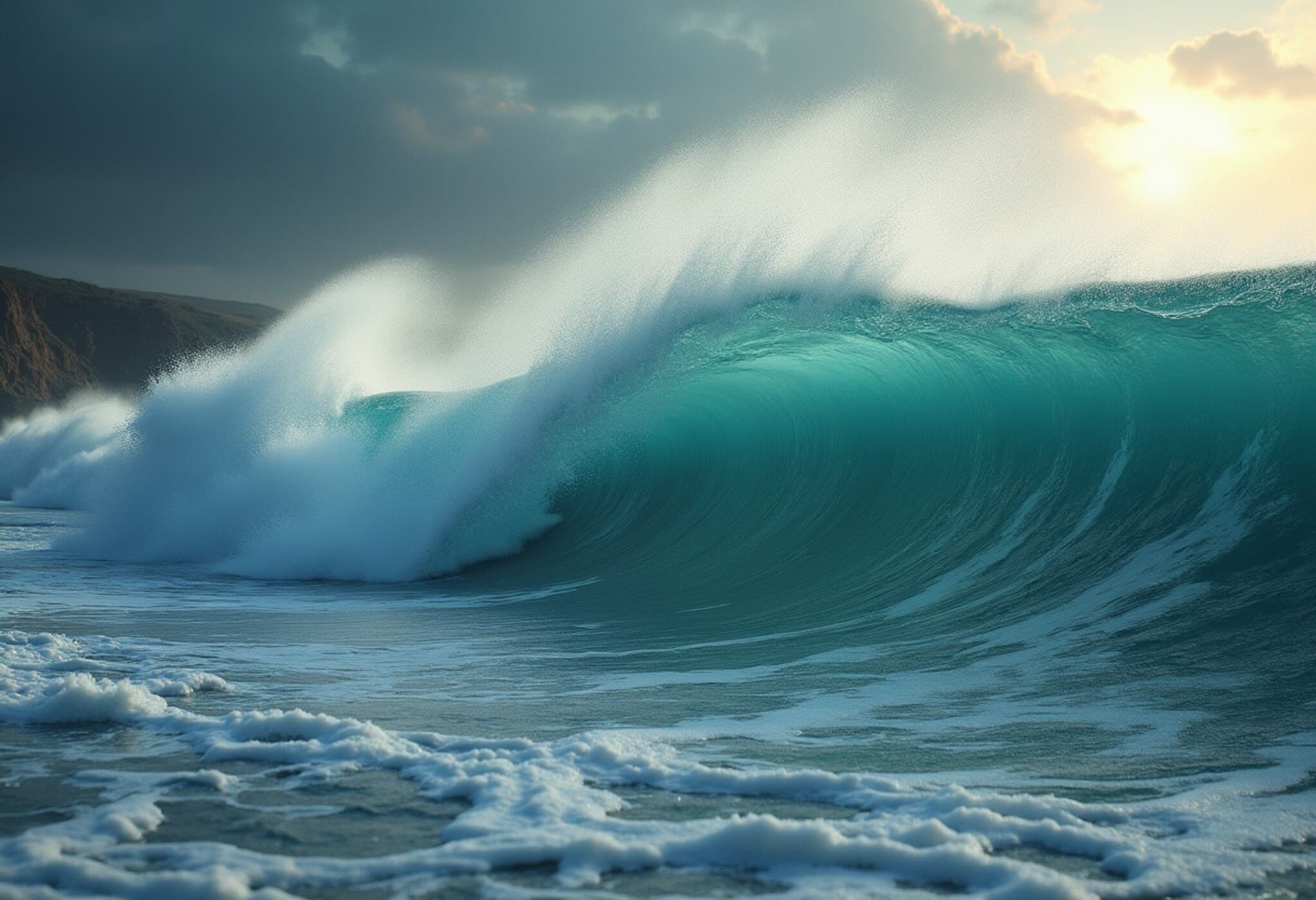Australia Extends Social Media Ban to Include YouTube for Under-16s
In a landmark move to tighten online safety for children, Australia has expanded its social media ban to include YouTube, joining platforms like TikTok, Instagram, Facebook, X, and Snapchat in restricting children under 16 from creating accounts. This decision follows rising concerns about harmful content and manipulative algorithms affecting young users.
The Shift in Policy: From Exemption to Inclusion
Earlier, YouTube had been exempted from Australia’s Online Safety Amendment (Social Media Minimum Age) Bill 2024, largely due to its educational value and popularity among teachers and parents. However, a recent report by Australia’s internet regulator recommended revoking this exemption after discovering that 37% of minors at risk had encountered harmful content on YouTube—the highest for any social media platform.
This prompted the government to include YouTube in the national ban, which is set to come into effect this December, placing the responsibility squarely on social media companies to enforce age restrictions through robust checks.
What Does the YouTube Ban Mean for Teens?
- Children under 16 will still be able to watch YouTube videos but cannot create accounts necessary for uploading, commenting, or interacting.
- Existing accounts owned by underage users will need to be deactivated.
- The platforms must prevent workarounds and continuously correct enforcement errors.
- The government is closely monitoring the effectiveness of age-verification technologies to support compliance.
Balancing Benefits and Risks: The Debate Around YouTube
YouTube, owned by Google, has pushed back against the ban, arguing that it is primarily a video-sharing platform rather than a traditional social media site. A YouTube spokesperson emphasized, "Our platform provides high-quality free content that supports education and creativity, with nearly three-quarters of Australians aged 13 to 15 using it regularly.” They expressed willingness to “continue engaging” with the government but warned that the ban may lead to legal challenges.
On the other hand, the eSafety Commissioner, Julie Inman Grant, cited evidence that YouTube's powerful recommendation algorithms actively expose children to inappropriate and harmful content, contributing to significant online harm. She highlighted “persuasive design features” that keep young users engaged in endless loops of videos often beyond their control.
Expert Insights: The Role of AI and Big Tech Responsibility
Cybersecurity expert Adam Marre from Arctic Wolf welcomed Australia’s decisive action, stating, "Artificial intelligence has supercharged the spread of misinformation and harmful content on platforms like YouTube. Regulating these spaces is critical to safeguarding children from predatory algorithms and unchecked tech power." Marre’s perspective underscores the need for governments worldwide to enforce stronger regulations in digital spaces.
Political Backing and Legal Stakes
Prime Minister Anthony Albanese affirmed the government’s commitment, saying, “Social media is doing social harm to our children, and we have their backs.” Communications Minister Anika Wells underscored that while social media has value, there is no room for “predatory algorithms targeting children.” She rejected YouTube’s legal posturing, vowing not to be intimidated by court threats in this fight.
Noncompliance with the age restriction law may carry hefty penalties, with fines reaching up to A$50 million (approximately US$32.5 million) for tech firms refusing to adhere to the ban.
International Context: A Growing Global Trend
Australia joins a growing list of jurisdictions including Britain, Norway, and several European Union countries such as France, Germany, Italy, and the Netherlands, all imposing stricter regulations on social media usage by minors. This signals a broader global reckoning with the impact of digital technology on youth mental health and safety.
Looking Ahead: The Complex Path of Digital Youth Protection
The Australian government’s approach is ambitious but raises several critical questions:
- Can technology firms develop practical and privacy-respecting age verification systems without alienating users?
- How will these restrictions balance children's rights to digital access and education with their protection?
- What measures can address the broader ecosystem of harmful content beyond account creation—such as video recommendations and advertising algorithms?
The online world continues to evolve rapidly, and government policies must adapt dynamically, with input from technologists, educators, mental health experts, and families.
Editor’s Note
Australia’s decision to include YouTube in the under-16 social media ban marks a pivotal moment in global efforts to protect children online. While the move addresses genuine risks posed by manipulative digital environments, it also ignites debate over digital rights, educational utility, and corporate responsibility. This evolving landscape demands nuanced dialogue and innovative solutions to safeguard youth without stifling their engagement with valuable online resources. As the rollout commences, carefully observing enforcement efficacy and unintended consequences will be crucial. Readers are encouraged to consider how such policies may shape the future of digital childhoods, both in Australia and beyond.

